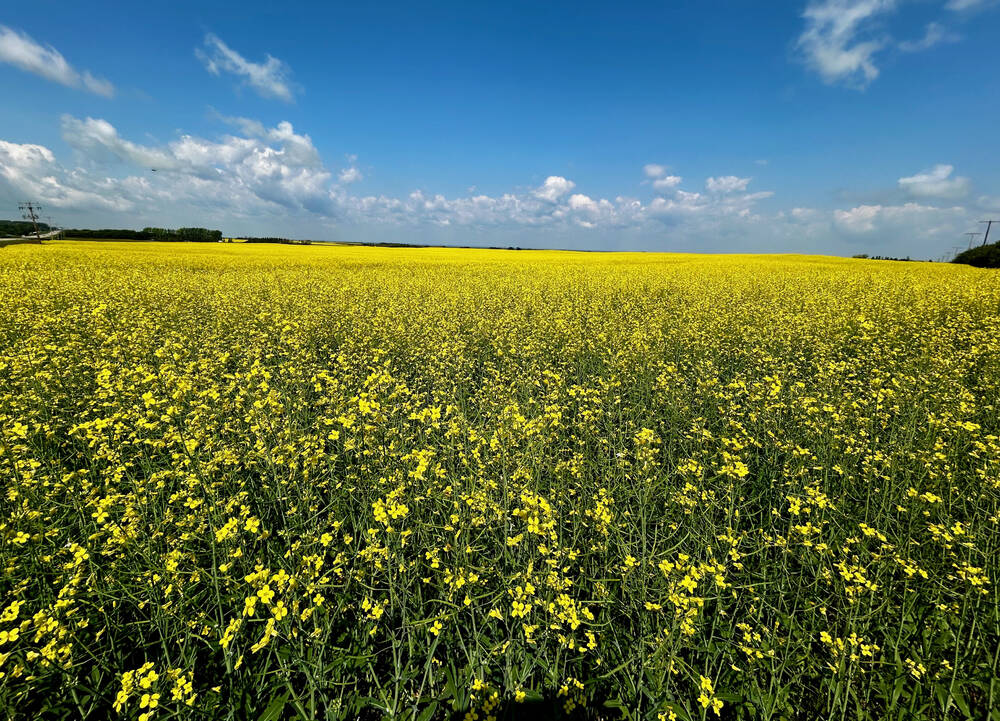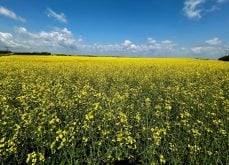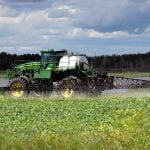BALTIMORE, Md. — It took two decades before kochia was resistant to Group 2 herbicides in Western Canada.
However, an Agriculture Canada weed expert from Saskatoon says it won’t take nearly as long for the weed to develop widespread resistance to glyphosate, Hugh Beckie said in an interview during the Weed Science Society of America’s annual meeting in Baltimore earlier this month.
“With ALS (Group 2) kochia the first case was in 1988. Twenty years later, almost 100 percent of our (kochia) population is ALS resistant,” he said.
“I predict with glyphosate it will be even faster than the 20 year span. (It will progress) from not documented to almost all of our population being glyphosate resistant.”
Read Also

China snaps up Australian canola after trade spat with Canada, sources say
Chinese state trading firm COFCO has bought up to nine 60,000-metric-ton cargoes of Australian canola, three trade sources told Reuters, after Beijing last month imposed preliminary anti-dumping duties on imports of the oilseed from traditional supplier Canada.
Beckie, one of dozens of presenters at the Baltimore meeting who shared the latest information on herbicide resistance in their regions of North America, said kochia would develop resistance to glyphosate more rapidly because the chemical is applied to millions of acres in Western Canada.
“Because of the tremendous use of glyphosate,” he said. “It all comes down to selection pressure.”
As well, he said kochia is spreading across the Prairies right now, which will further hasten the evolution of resistant plants.
Glyphosate resistant kochia has been found at 18 fields close to the original location after the first case was documented in southern Alberta in 2011. Last year, researchers found 10 fields with resistance near Swift Current, Sask.
Beckie said resistant kochia has been confirmed on 2,500 acres of land in Western Canada, which will reach 80,000 acres in five years if it spreads exponentially.
Glyphosate resistant kochia could be present on 2.5 million acres of the Prairies in 10 years if acres double every yea,.
Resistant kochia hasn’t been confirmed in Manitoba, but Beckie and other scientists will survey fields in Manitoba and Saskatchewan this fall to assess the situation on the eastern Prairies.
David Ervin, an environmental sciences professor at Oregon State University, argued at the Baltimore meeting that collective action is the only way to delay the spread of resistant weeds.
“Until growers can come together and work as a collective to manage resistance, you will not make the kind of progress you want.”
Beckie said people in Alberta and Saskatchewan are talking about the problem, but local groups aren’t doing anything concrete.
“We need some co-ordination at the municipality or county level to try and slow down the spread. We can’t contain it, obviously. If we can slow down the spread it will have a net economic benefit,” he said.
‘I would suggest (provincial governments) should probably take the lead on that because of their traditional role in ag extension.”
However, the challenge is convincing farmers to do something before resistant weeds appear on their land.
Research by George Frisvold, an agricultural economics professor at the University of Arizona, suggests there is a weak link between farmer awareness of the problem and taking preventive action.
Instead, time and cost ultimately determines if a grower will adopt alternative methods of weed control, such as multiple modes of action, tilling or cover crops, he said.
The WSSA has developed a list of 12 best management practices in an effort to control and prevent the spread of resistant weeds.
However, Beckie said developing a list is one thing. Getting growers to act on a list is another.
“There is the desire for action, but weed resistance is not an easy subject to tackle,” he said.
“It’s not going to be easy, and it will be expensive.”















